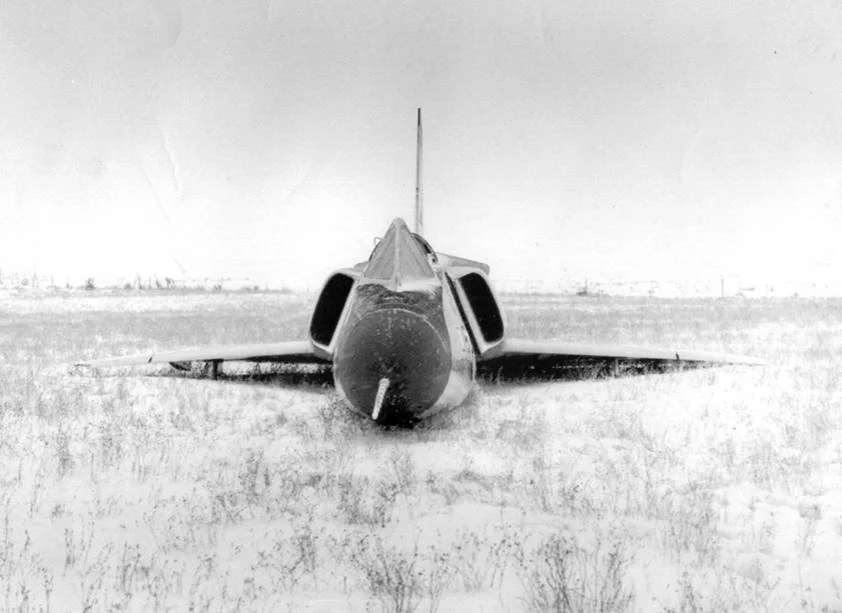Goose River Bridge Reconstruction
Belfast, Maine - Summer of 2021
Well, actually, I missed the first half of this project, because I was “away.” When Bev and I arrived in Maine, the DOT had already dammed the Goose River above and below the site of the old Route-1 bridge with interlocking steel pilings driven deep into the riverbed. Enormous pumps were moved in to redirect the river water around the site. Then they built a very responsible “Bailey Bridge” just to the South of the highway that looked just like those in World War II movies and redirected Route-1 traffic, too. My pictures were all taken, on-the-fly, from Route-1 just before the Bailey Bridge, so galvanized highway railings and orange safety barrels will appear often.
Here is a detail from the above picture to give you a sense of the scale of this endeavor. The two men in orange hard hats are standing against the North steel wall. Importantly, under their feet is the original river bottom, all neatly flattened out and dry. A week later, copious amounts of concrete had been poured onto the river bottom to form the foundation for structure to follow.
In the foreground is a hint of the sheet of interlocking rusty iron pilings to keep Penobscot Bay from entering the construction site from the South. You can also see the temporary concrete sluice-way under a row of orange barrels (on the left side) that, with the help of pumps, allowed the river continue to flow without washing out the embankment. Where the men are standing, much effort was made to fill and flatten the ground. Steam rollers worked back and forth for days and then more dirt arrived.
This absolutely enormous crane arrived overnight and settled in on the flattened pad. Then trucks began delivering pre-fabricated concrete structures bigger than shipping containers and the crane delicately placed them end-to-end on the concrete riverbed foundation. They, of course, neatly filled the space between the upstream and downstream iron walls.
So, surprise, the Goose River Bridge was not going to be a highway bridge at all, but a concrete tunnel that the river would occupy. Inside the tunnel we got a quick look at floor to ceiling baffles made of concrete that would slow down the water flow and not allow it to dig up the exit pond’s bottom.
Another giant crane arrived. The DOT clearly has plenty of equipment on hand for special purposes. In this case, it attached its cable to the iron pilings, one at a time, and slipped them upward and away. The river was now free to flow through. Note that the tunnel’s top is now level with the steadily rising filling and flattening of the area. Trucks arrived constantly with more fill and the steamrollers were back in action.
Completely buried, now, the tunnel rests beneath fill built up to the level of the flat pad that allowed the heavy cranes to operate. On the left in this image, the Bailey Bridge is just visible, as is Route-1 approaching from the West and being diverted over to it.
In this picture, the level of fill seems to be at its desired height. However, the DOT’s plan was to make it essentially level from the East to West approaches. Look carefully at the black manhole assembly in front of the workers and their machine; that’s where the actual roadbed will be placed after a lot more trucks and steamrollers. The lines of truckloads of light grey gravel indicate where rain water will be directed towards the ends of the “bridge.”
In the next picture, the roadbed is nearly flat at the level of the manhole assemblies and downward sloping rip-rap channels have been added to carry rainwater down to the river.
Finally, Route-1 is paved and guardrails have been installed. The Bailey bridge was gone in a month.

















